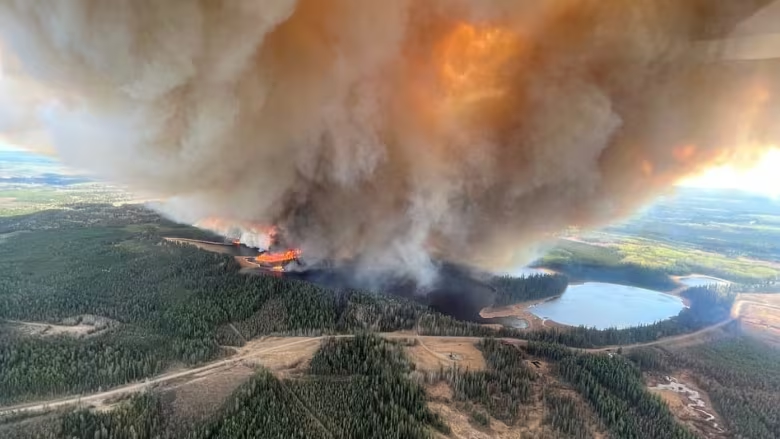Economic Impact Report 2024
Posted by AFPA | November 19, 2024
The Species at Risk Act and its implementation are frequently barriers to the cycle of sustainable harvesting and planting that mimics the natural cycle of fires, writes Jason Krips


OPINION: Jason Krips, President and CEO, AFPA
We have recently seen the Government of Canada put a protection order on caribou in Quebec under the Species at Risk Act. The Quebec government has protested that the measure is an unreasonable incursion into their regulatory space, and threatens jobs and communities.
As a sector that operates on the landbase, Alberta’s forest industry empathizes with Quebec’s frustration. Setting the federal-provincial politics of this debate aside, there are obvious flaws in the Species at Risk Act (SARA) that need to be fixed urgently, both for our environment and our economy.
The biggest flaw is SARA’s assumption that landbases are static. In Alberta, we see frequent pressure from the Act to leave forests standing with the belief that if we simply leave them alone, our forests will exist in the same state forever. The reality is very different.
Our forests burn frequently—often several times per century. Even with human intervention, we can only hold off the natural cycle for so long before large and catastrophic fires occur. These fires have a negative impact on human health and safety, carbon emissions, and animal habitat. We have seen this scenario unfold several times in Alberta, most recently with the tragic fires that affected Jasper.
SARA and its implementation are frequently barriers to the cycle of sustainable harvesting and planting that mimics the natural cycle of fires. Forest management is a tool to keep our communities safe from fires that, while natural, are incredibly dangerous and destructive.
A second flaw in this legislation is its insistence on dealing with species in a one-off manner. From caribou, to trout, to sage grouse, there is a continuous flow of species that are declared threatened using SARA’s criteria. This creates an incredible degree of uncertainty for everyone who works on the landbase.
Companies never know which species is coming next, nor what measures will need to be taken. It is impossible to predict in what areas operations will be permitted in the future, nor whether facilities will be viable.
Moreover, SARA creates objectives that are at cross-purposes when species have diametrically opposite habitat needs. It’s time to reform the Act to take a ‘whole of landscape’ view rather than chase one species at a time.
Finally, the Act is myopic in that it ignores the movement of species, and the ebb and flow of populations. For example, a province could have a perfectly healthy population of a given species, but heavy predation in one place or movement of that species out of a single area could occur. Even though predation or movement might be natural, it can trigger action that puts people out of work, and has a devastating impact on local communities.
We’ll end on a note of optimism. People who live and work in resource communities are passionate about the land and wildlife, and passing it down to future generations. Species recovery is possible when we work together at the local level. In Alberta, grizzly bear populations declined to alarmingly low levels in the 1990s. Industries, the provincial government, and communities worked together to investigate the causes of decline and take appropriate action by sharing and reclaiming roads to reduce the total impact on the landbase.
It has worked exceedingly well, with Alberta’s grizzly bear populations recovering and the species thriving. But this was not top-down action, driven by flawed legislation that proposed the same solutions to challenges nation-wide. We know that what works in Alberta may not work in Quebec, and vice-versa. It is time to amend SARA to reflect this reality, and let provinces and local communities lead the way on species recovery.
SARA is well-intentioned legislation, but it fails to meet its objectives, discourages pragmatic local action, and harms communities. Let’s work together to fix it.
If you’d like more information about employment opportunities in the forest industry, you can find job profiles, current job postings, scholarships and more here.
Workwild.caDID YOU KNOW?
Learn more about the forest industry's sustainable forest management practices.
Forest Management